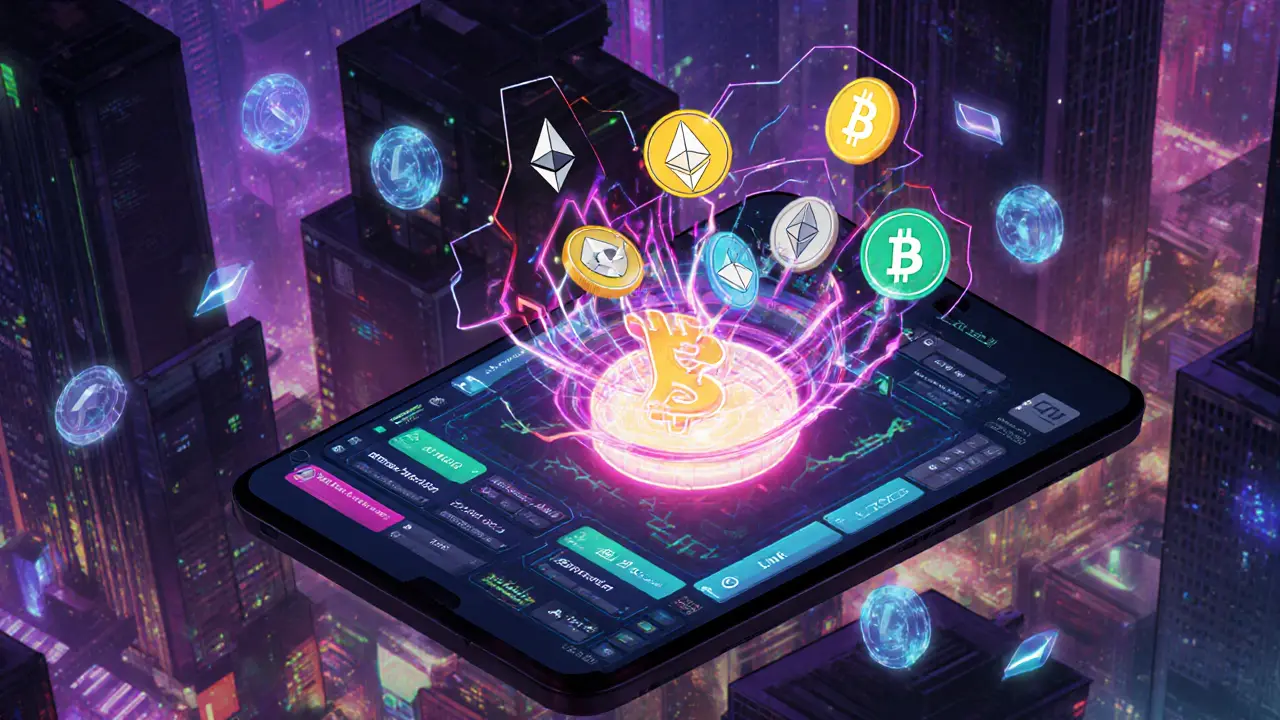ALVA Coin: What It Is, Risks, and Why It’s Not Listed Anywhere
When you hear about ALVA coin, a little-known crypto token with no public roadmap, team, or exchange presence. Also known as ALVA token, it appears only on obscure price trackers and unverified social media posts—never on CoinMarketCap, CoinGecko, or any major exchange. Unlike real projects that publish whitepapers, GitHub activity, or audits, ALVA coin offers nothing but a name and a chart that looks like it was drawn in paint.
This isn’t just an obscure coin—it’s a classic red flag. Real cryptocurrencies, even small ones like EARL or MUNITY, at least have a team, a contract address, or a community. ALVA coin has none. No website. No Twitter. No Discord. No documentation. Just a ticker symbol floating in the void. It’s not a project waiting to take off—it’s a ghost. And ghosts don’t create value. They steal attention. People chasing quick gains often fall for these names, hoping they’re the next memecoin breakout. But ALVA coin doesn’t have a token contract you can verify, no liquidity pool you can check, and no way to prove it even exists on-chain. It’s a name on a fake chart, pumped by bots, not builders.
Compare this to real low-cap crypto projects like EARL or MUNITY, which at least had active communities, even if they failed. ALVA coin doesn’t even have that. It doesn’t relate to any known ecosystem, blockchain, or team. It doesn’t enable anything. It doesn’t solve a problem. It doesn’t even pretend to. That’s not risk—it’s recklessness dressed up as opportunity. If you see ALVA coin trending on a Telegram group or a TikTok video, it’s not a signal. It’s a trap. The only thing growing here is the number of people losing money.
Below, you’ll find real guides on how to spot scams like this, how to check if a token is legit, and what to look for before you buy anything with a ticker you’ve never heard of. You won’t find a single post here about ALVA coin because there’s nothing to report. But you will find the tools to make sure you never get fooled by one again.
- November 20, 2025
- Comments 9
- Cryptocurrency

